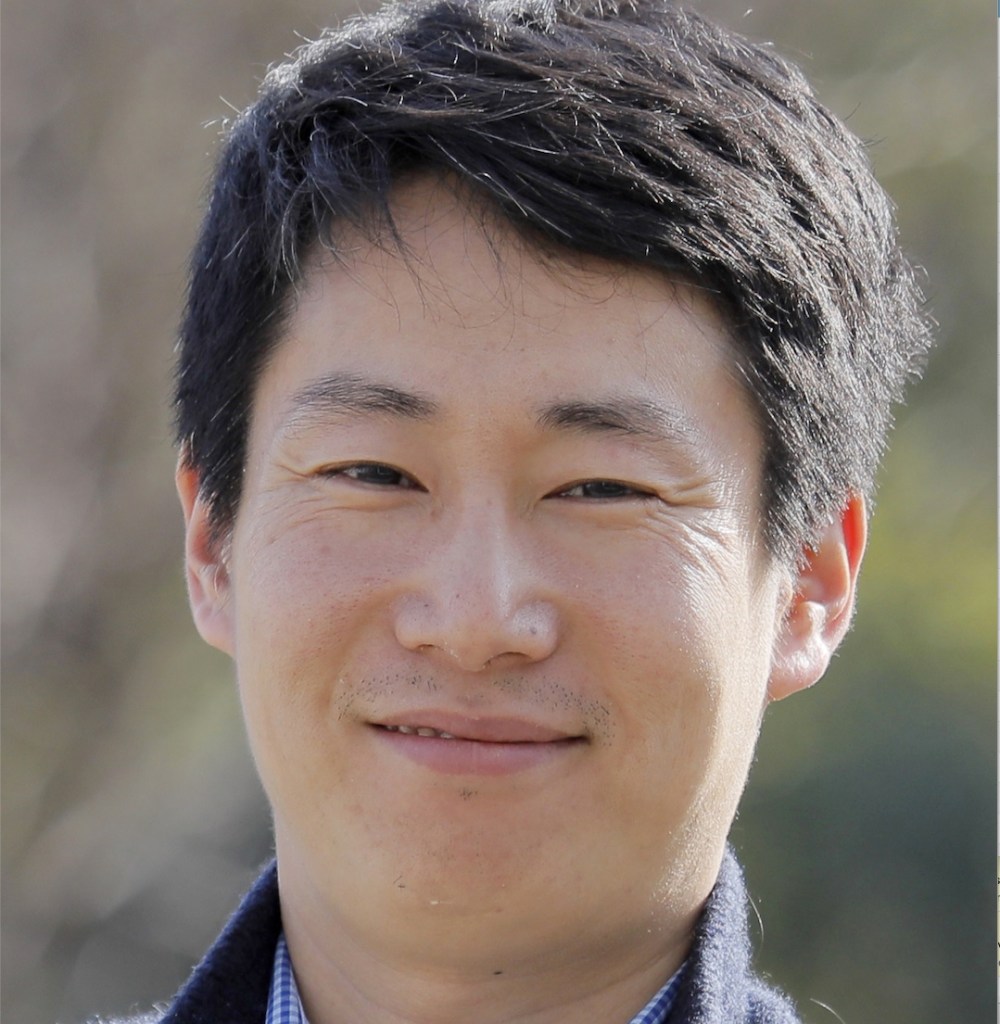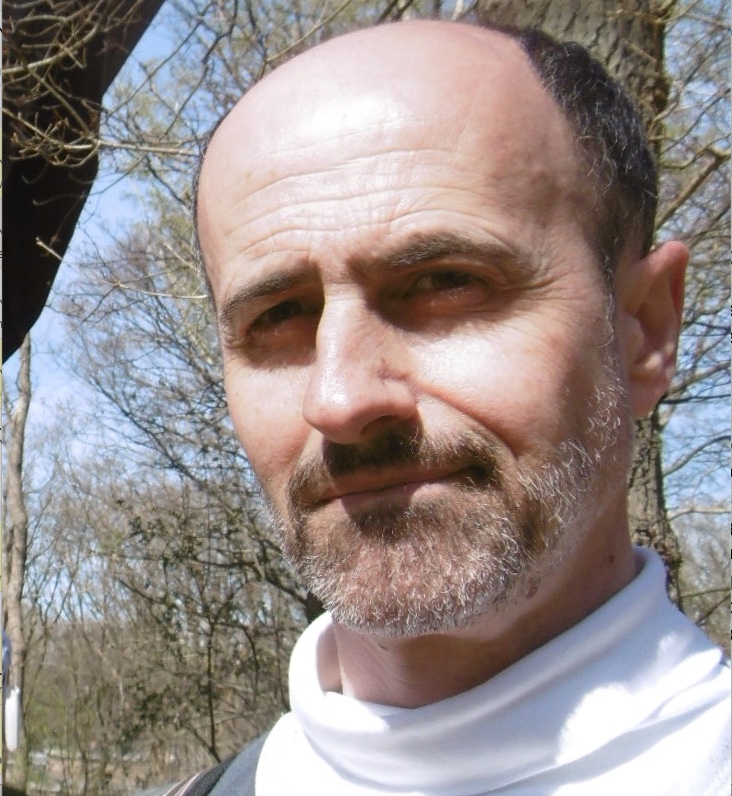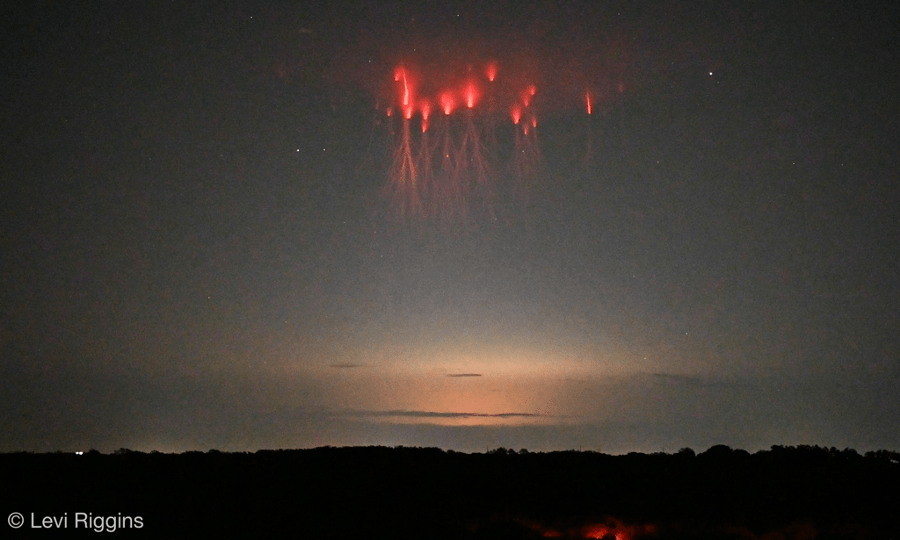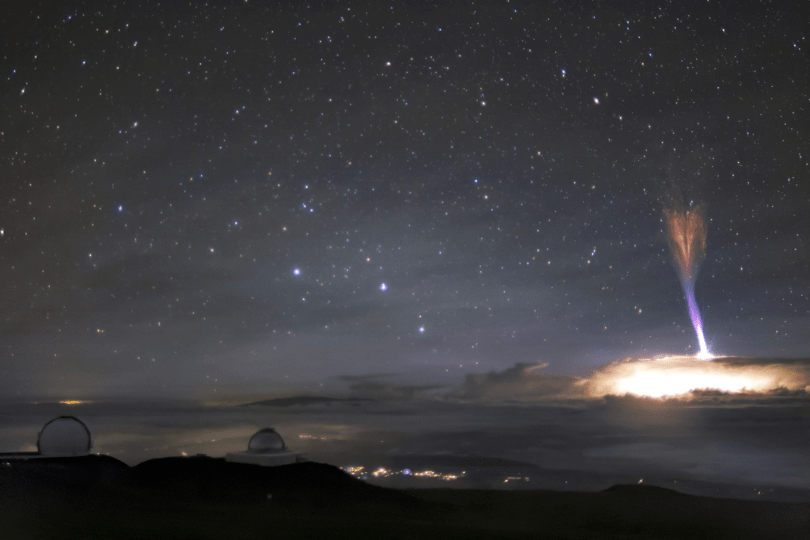Spritacular
Transient Luminous Events (TLEs) are colorful, bright, faster-than-lightning flashes that thunderstorms generate above the clouds. TLEs can take a variety of fanciful shapes with equally fanciful names. The most frequently observed TLEs are called “sprites,” like the enigmatic and playful fairies of folklore.
The Spritacular project invites photographers from all over the world to contribute observations of TLEs to help us better understand these enchanting phenomena and their role in our skies.
SAFETY NOTE: When you observe a thunderstorm, be sure to use caution and maintain a viable and quick exit to safety.
project task
Collecting data with special equipment
division
Heliophysics
where
Outdoors
launched
2022
What you'll do
- Locate a nearby storm and place yourself 60-250 miles away, where you can see clear, dark sky above the clouds.
- Sync your camera’s clock to a time source and aim your camera above the storm. Be patient.
- Share your pictures of TLEs with researchers and our community of sprite enthusiasts.
Requirements
- Time: Hours observing and photographing the sky. Minutes uploading images.
- Equipment: A dedicated Digital Single-Lens Reflex (DSLR) or mirrorless camera and a tripod. A lens with focal length 20-85 mm works best.
- Knowledge: How to use a camera.
Get started!
- Visit the project website.
- Click on the “Get Started” tab to access illustrated instructions on observing and photographing sprites and uploading your images.
- Other pages will help you learn more about how to photograph sprites and other TLEs.
Learn More
You can find out more about sprites on the project’s blog. This article provides a great introduction to sprite-chasing.
Click here for a short video from Goddard Glossary explaining sprites. Check out this video to hear why sprite chasers love what they do. See project scientist Dr. Burcu Kosar talking about sprites and Spritacular with Miles Hatfield from NASA Heliophysics Science Division. Follow the project on X @Spritacular!
Get to know the people of Spritacular






József Bór
Environmental Scientist / Admin of International Observers of Upper-Atmosphere Electric Phenomena





























